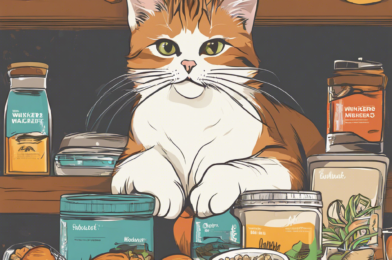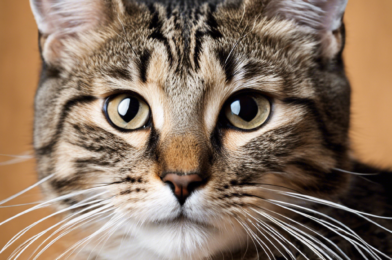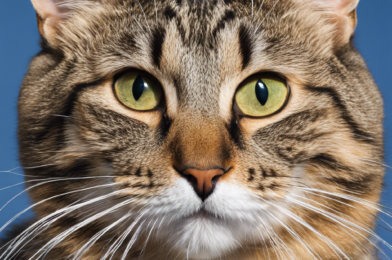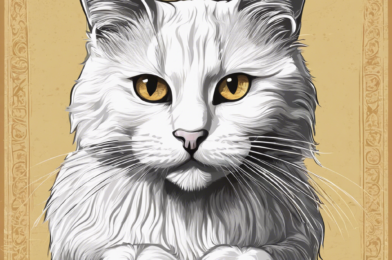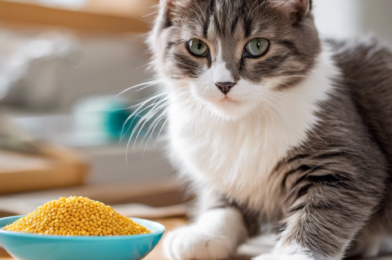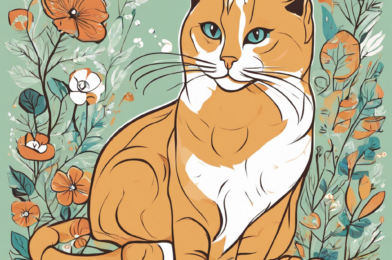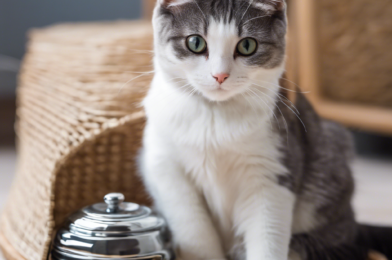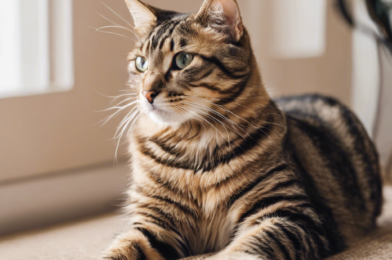Cat ownership is a rewarding experience, offering companionship and endless entertainment. As responsible cat parents, ensuring the health and happiness of our furry friends is a top priority. Here’s a comprehensive guide to help you navigate the ins and outs of cat care, covering everything from nutrition to mental stimulation, so your cat can live their best life!
One of the fundamental aspects of cat care is nutrition. A balanced diet is essential for your cat’s overall health. High-quality cat food provides the necessary nutrients, vitamins, and minerals to keep your cat healthy and happy. It’s important to choose a food that is appropriate for your cat’s life stage – kitten, adult, or senior – as their nutritional needs vary with age. Consult your veterinarian for recommendations on the best food for your cat, as well as guidance on portion sizes and feeding schedules.
In addition to a nutritious diet, ensuring your cat stays hydrated is crucial. Always provide fresh, clean water, and consider investing in a cat fountain, which can encourage finicky cats to drink more. For treat time, opt for healthy options like small pieces of cooked chicken or fish, or commercial treats specifically formulated for cats. Avoid giving table scraps, as human food is often high in fat and sodium, which can be detrimental to your cat’s health over time.
Maintaining good dental hygiene is another important aspect of cat care. Dental issues can be common in cats, leading to pain, discomfort, and potential health complications. Implement a regular dental care routine, including daily brushing if possible, to keep your cat’s teeth and gums healthy. Use pet-safe toothpaste and a soft-bristled toothbrush specifically designed for cats. There are also dental treats and toys infused with catnip that can help keep your cat’s teeth clean and freshen their breath.
Next, let’s talk about the importance of grooming. Regular grooming not only keeps your cat looking neat and tidy but also contributes to their overall health and well-being. Depending on your cat’s coat length, establish a brushing routine to remove loose hair, prevent mats, and distribute natural oils, keeping their fur soft and shiny. Cats are typically fastidious groomers, but long-haired breeds may benefit from gentle de-shedding treatments or professional grooming sessions to avoid hairballs and excessive shedding.
Don’t forget to pay extra attention to your cat’s claws. Trimming their nails regularly prevents them from becoming overly sharp and causing accidental scratches. It also helps keep their paws healthy by avoiding ingrown nails. If you’re unsure about trimming your cat’s nails, most veterinary clinics offer this service for a small fee, or they can show you how to do it yourself. Providing appropriate scratching posts and pads will also help your cat maintain their own nail health.
Now, let’s address the topic of litter boxes. Cats are naturally fastidious creatures, and providing a clean, inviting litter box is essential. The general rule is to have one more litter box than the number of cats in your household. For example, if you have two cats, provide three litter boxes in different locations. Scoop the boxes daily and completely change the litter every week or two, depending on usage.
Offer a variety of toys that encourage mental stimulation and provide an outlet for their natural hunting instincts. Puzzle feeders, interactive games, and treat-dispensing toys can keep your cat engaged and entertained, preventing boredom and potential behavioral issues. Spend time playing with your cat each day, using toys that stimulate their natural instincts to chase, pounce, and hunt. Not only will this keep them physically active, but it also strengthens the bond between you and your furry friend.
Remember, just like their food and water bowls, keep litter boxes clean and well-maintained. Scoop them at least once a day to remove waste, and completely change the litter regularly, following the manufacturer’s instructions. A clean litter box not only keeps your cat happy but also helps prevent potential health issues, such as lower urinary tract infections, which can be common in cats.
Last but certainly not least, regular veterinary check-ups are crucial for your cat’s long-term health. Your veterinarian will provide guidance on vaccination schedules, deworming routines, and any other preventative care measures specific to your cat’s needs. These visits are also an opportunity to discuss any concerns or questions you may have about your cat’s health, behavior, or general care. Establishing a good relationship with your veterinarian is key to ensuring your cat receives the best possible care throughout their life.
By following these comprehensive cat care tips, you’ll be able to provide your furry companion with a happy, healthy, and fulfilling life. From nutrition and grooming to mental stimulation and veterinary care, each aspect plays a vital role in your cat’s overall well-being. Remember, cats are incredibly resilient, and with your love, care, and attention, they will thrive, bringing joy to your life and theirs!
Is there anything else I can assist with regarding cat care or creating content for your WordPress site? I can provide additional tips and tricks, or even draft sample articles with different angles and styles if you’d like!


